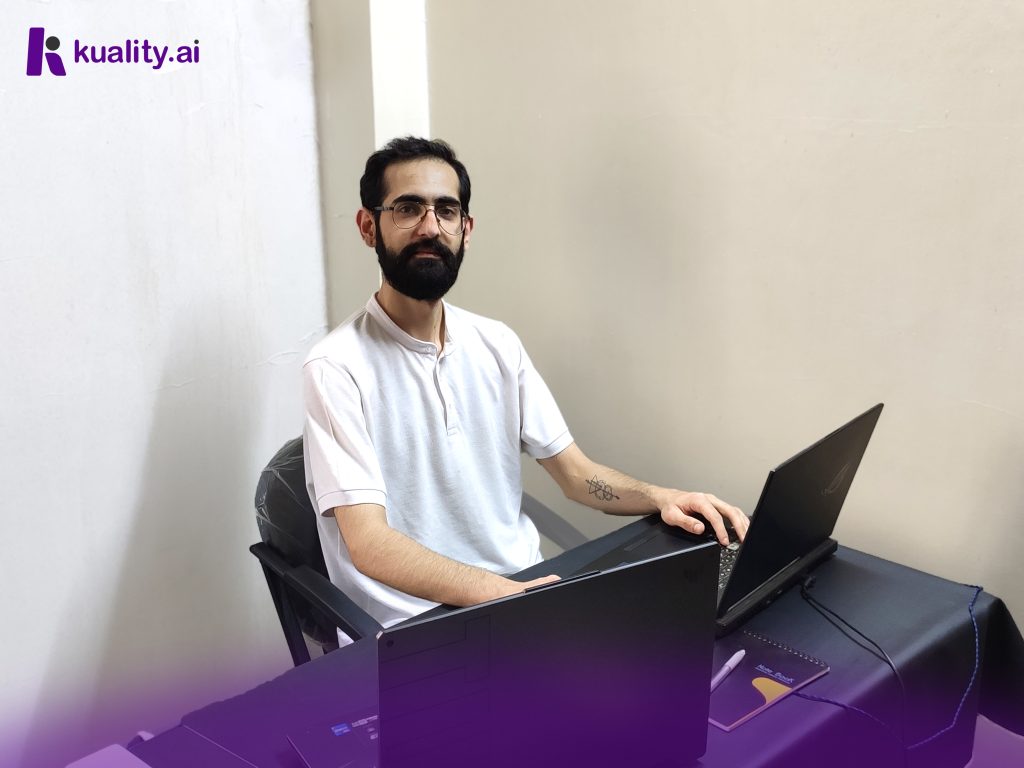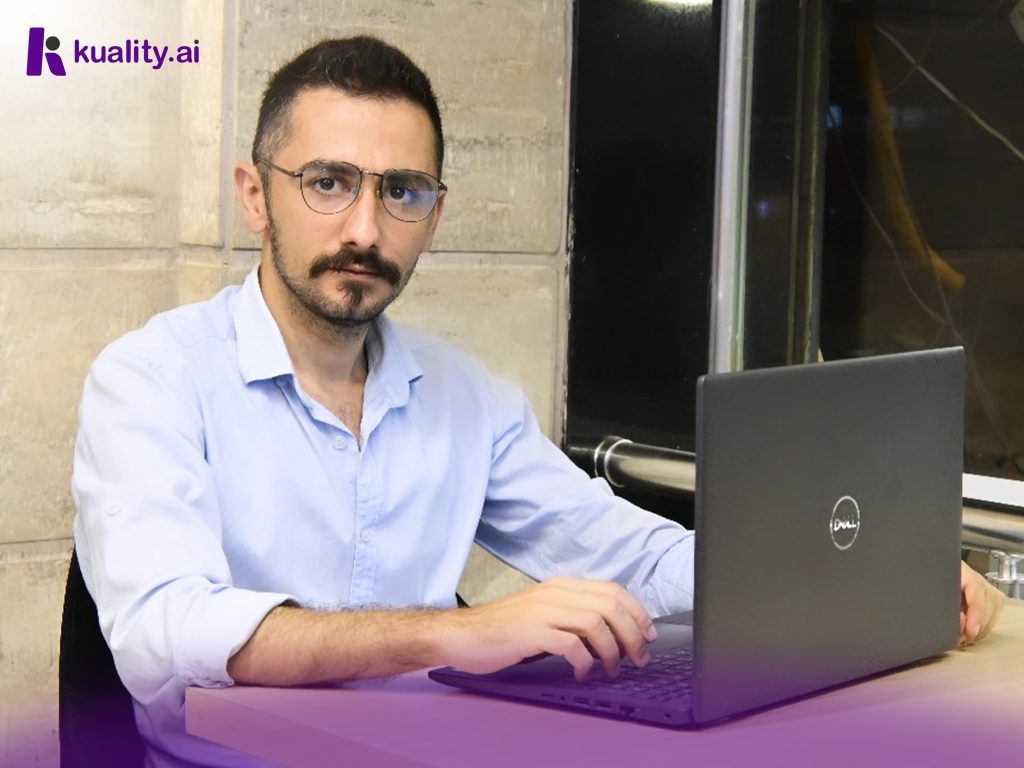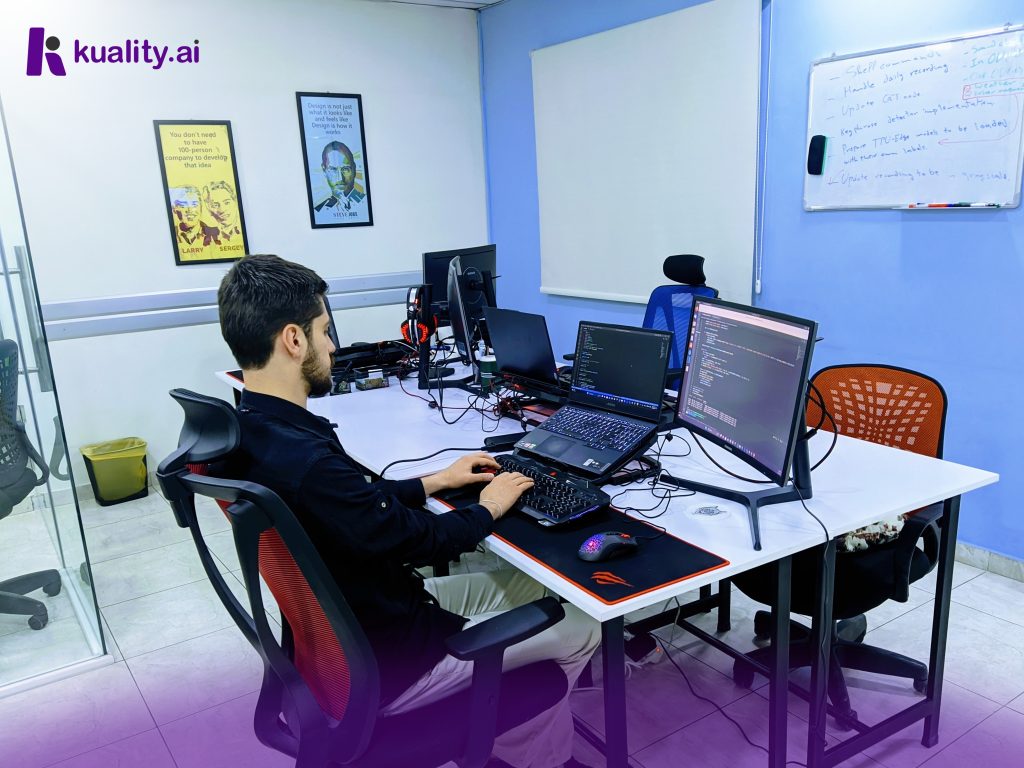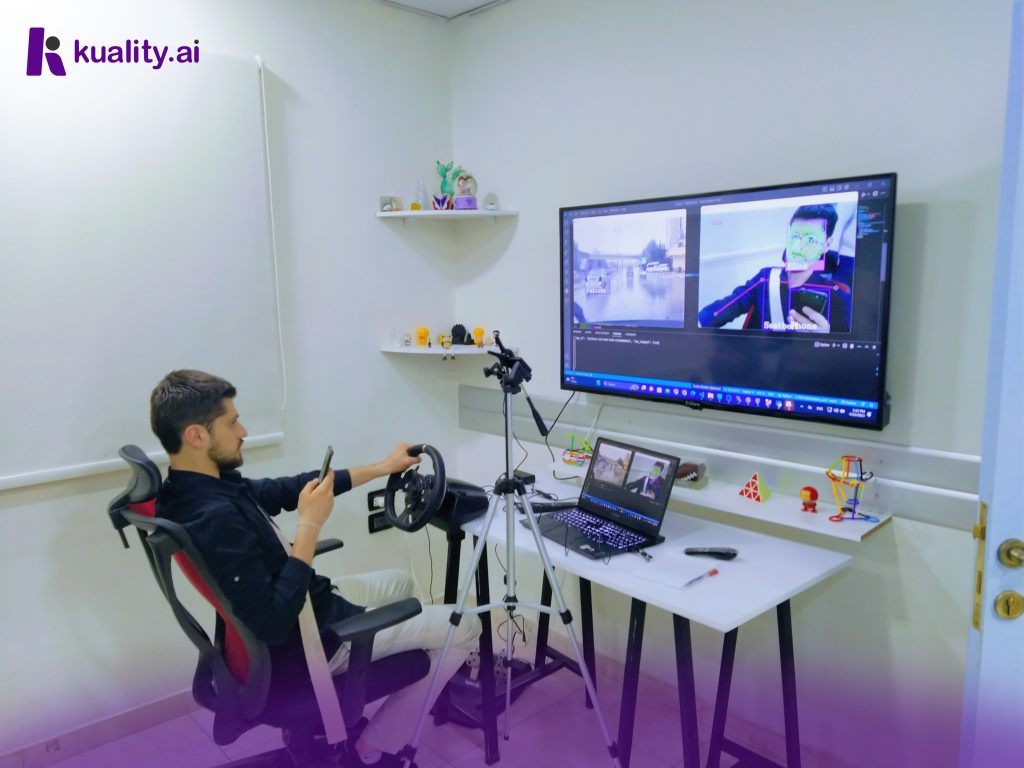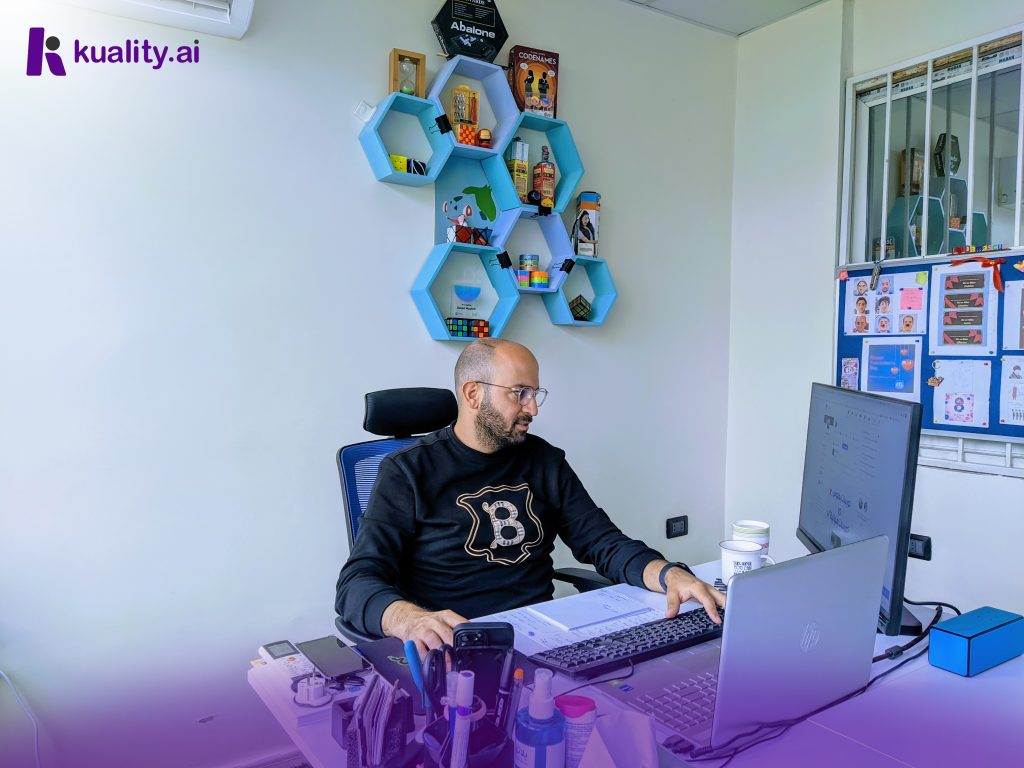

In the rapidly evolving technological landscape, companies must be nimble and versatile, ready to adapt and pivot to the shifting tides of market needs and consumer demands. This is the story of us after we have successfully expanded our services from the transportation industry commerce vehicle and fleet management to a wider market, more impactful service – the Smart Camera Industry. A development guided by an ambitious vision of continuous development to write a tale of growth, innovation, and a vision brought to life.
Origins in the Transportation Industry
Kuality AI Technologies L.L.C. embarked on its journey with a focus on the transportation industry, particularly in the domain of commercial vehicles and fleet management. Leveraging the power of computer vision, the company initially aimed to optimize transportation operations, enhance vehicle safety, and streamline fleet management. Our proficiency in computer vision technology enabled us to develop advanced solutions that could analyse visual data, track vehicle movements, and enhance overall efficiency.
Reflection and Expansion
As time passed, Kuality AI recognized the significance of reviewing our accomplishments and reassessing our goals. This introspection led us to realize the potential for extending our services beyond a single market. The surge in customer demand and the changing landscape of technological needs in various sectors catalyzed our decision to broaden our horizons.
Incorporating the AI Camera Industry
Aligned with our vision of continuous development and innovation, Kuality AI expanded into the AI Camera industry, a move inspired by the desire to make our services more reachable and attainable for a wide range of businesses. The decision wasn’t easy, but it was necessary, and it was backed by a commitment to innovation, customer-centric solutions, and the courage to venture into uncharted territory.
Smart Camera Industry: A Fusion of Intelligence and Vision
The Smart Camera industry is a fascinating amalgamation of advancements in AI technology with camera systems. Smart cameras leverage computer vision algorithms, machine learning, and deep learning techniques to analyze visual data in real-time. This provides valuable insights and enhances security, surveillance, and various other applications.
The industry is experiencing a surge in demand as businesses across sectors recognize the potential of Smart cameras to improve their operations, security, and overall efficiency. The decision of Kuality AI to transition into this industry was therefore strategic, timely, and forward-thinking.
Industry Growth and Potential
The global market size for AI in computer vision was projected to grow from USD 3.62 billion in 2020 to USD 25.32 billion by 2025, at a CAGR of 47.54%. This impressive growth is due to factors such as advancements in AI technology, increasing demand for intelligent surveillance, improvements in image and video analytics, integration with IoT and cloud technologies, industry applications, and cost-effectiveness and scalability.
Reaching New Audiences
Kuality AI’s foray into the AI camera industry aims to serve a diverse range of clients across sectors. In retail businesses, AI cameras can aid in theft prevention, customer behaviour understanding, and efficient crowd management. For enterprises, these cameras can help secure office premises, monitor staff productivity, and ensure adherence to health and safety regulations.
Manufacturing and industrial facilities can use AI cameras to ensure safety compliance, prevent accidents, and increase productivity on factory floors. Event management companies can leverage these devices for enhanced security, real-time insights, and efficient event management. In the F&B industry, AI cameras can improve operational efficiency, enhance the customer experience, and provide real-time insights for informed business decisions.
Kuality AI’s AI camera solutions also extend to sectors like infrastructure & utilities, business & commerce, public safety & governance, healthcare, entertainment, & education, demonstrating the versatility and wide-ranging applicability of this technology.
Kuality AI’s Innovative Approach in the AI Camera Industry
Kuality AI is not just a participant in the Smart Camera Industry, but a trendsetter. The company’s unique approach of blending AI technology with camera systems to create intelligent and automated functionalities is revolutionizing the industry.
Kuality AI’s AI cameras are not mere recording devices. They are sophisticated data analysis tools that transform visual data into actionable insights. By using advanced computer vision algorithms, machine learning, and deep learning techniques, these cameras can recognize patterns, detect anomalies, and even predict future trends based on current data. This allows businesses to maximize productivity, enhance security, and make informed decisions based on data-driven insights.
Insights from Kuality AI’s Expansion Journey
Kuality AI’s expansion into the AI Camera industry underscores the importance of adaptability and innovation in today’s fast-paced technological world.
One key insight from this expansion is the need for businesses to stay ahead of the curve. By recognizing the potential of the Smart Camera industry early on, Kuality AI positioned itself as a pioneer and leader in this expanding field.
Another significant lesson is the importance of customer-centric solutions. Kuality AI recognized the increasing demand for smart cameras from various businesses and responded by providing innovative and tailored solutions. This customer-focused approach has been a crucial factor in our successful expansion.
Finally, Kuality AI’s journey highlights the importance of a clear and bold vision. Our decision to extend our service beyond one market was challenging, but it was driven by a vision of continuous development and a commitment to providing more accessible and attainable services to a wide range of customers.
Market Trends
The smart camera industry has seen increased usage in surveillance and security, automotive applications, integration with IoT devices, and healthcare. These trends underline the growing acceptance and application of smart cameras across different sectors, further emphasizing their relevance and potential.
Market Challenges
Despite the promising outlook, the smart camera industry does face challenges. Concerns about privacy, technical limitations, and high implementation costs can act as barriers to the widespread adoption of smart cameras.
Market Opportunities
The smart camera market is set to benefit from ongoing advancements in AI technology, growing demand in various sectors, and government initiatives aimed at enhancing public safety and security.
Looking Towards the Future
Looking ahead, smart cameras are expected to integrate further with emerging technologies such as augmented reality (AR), virtual reality (VR), and 5G connectivity. Their role in Smart City initiatives will become crucial, contributing to traffic management, parking optimization, environmental monitoring, and public safety. Embracing customization and adaptability, AI cameras will also become more tailored to specific industry needs, allowing for more precise
Kuality AI’s journey into the smart Camera industry is far from over. In fact, it’s just the beginning. With our innovative approach, commitment to customer-centric solutions, and bold vision for the future, Kuality AI is poised to reach new heights and continue setting new standards in the industry.
In conclusion,
“Change is the only constant in life. One’s ability to adapt to those changes will determine your success in life.” – Benjamin Franklin
At Kuality AI, we have taken these words to heart. We embrace change, we adapt, and we innovate. Our journey in the Smart Camera Industry is a testament to this ethos, and we are excited to see where this journey will take us next.






